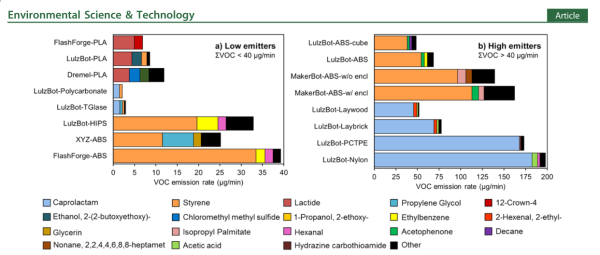When you mention Shenzhen, many people think about electronic gadgets, cheap components, manufacturing, and technology. I’m there quite often and find that all of the technology and manufacturing related stress can be overwhelming at times. Sometimes I feel the need to escape it all so I go to markets and places that aren’t traditionally associated with technology so I can clear my head as well as expose myself to something different. It provides me with a constant source of new design ideas and also allows me to escape the persistent tech treadmill that Shenzhen runs on. There are a lot of places in Shenzhen that I consider hidden gems that don’t get a lot of press since mainstream media associates Shenzhen with either factories or technology. Here are my favorite places to window shop and de-stress in Shenzhen.
Continue reading “A Hackers Guide To Arts, Crafts, Food, And Music In Shenzhen”















